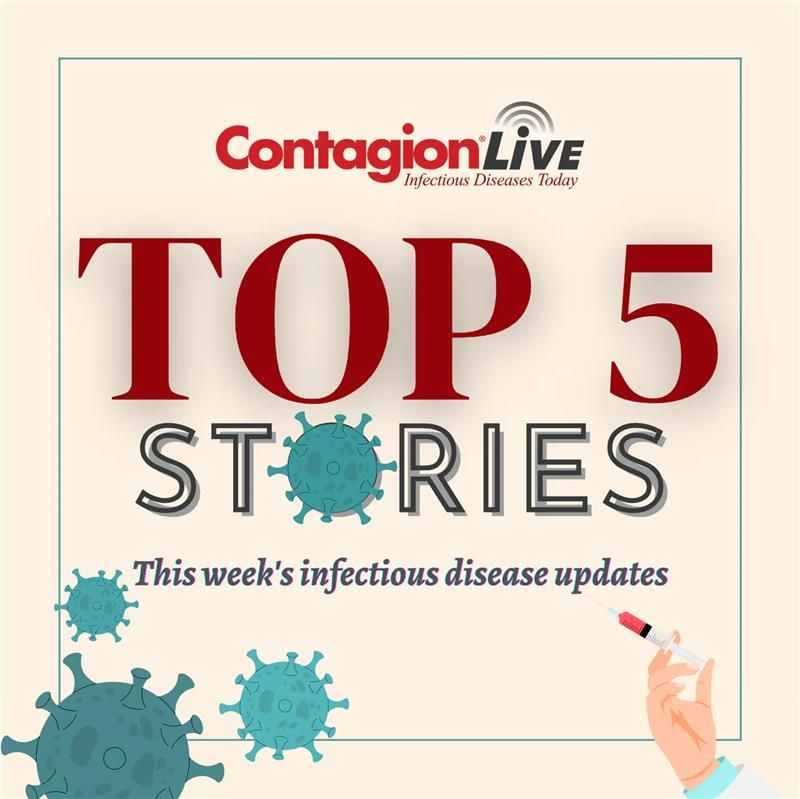Doctor checking at x-ray of lungs.
Image Credits: Unsplash

Tuberculosis (TB) remains a significant global health concern, with 7.5 million new cases reported in 2022, resulting in approximately 1.3 million deaths. Among these cases, multidrug-resistant TB (MDR-TB) accounted for an estimated 410,000 infections and 160,000 fatalities.
At the ESCMID Global Congress in Barcelona, Associate Professor Susanna Brighenti from the Center for Infectious Medicine (CIM) at ANA Futura, Karolinska Institutet, Stockholm, Sweden, sheds light on the rise of HDT for TB.
“Mycobacterium tuberculosis (Mtb) have evolved a remarkable ability to manipulate the human immune response and undermine antimicrobial effector functions in host immune cells,” explains Brighenti. “While some new antimicrobial therapies are coming through, treatment with antibiotics remains an intensive and long process even for drug-susceptible forms of the disease. Importantly, mutations conferring antibiotic resistance are intrinsic properties of mycobacteria that effectively develop resistance to old as well as new groups of antibiotics, accentuating the need for adjunct treatments. Thus, new treatments are going to be absolutely vital in the battle against TB.”
Despite advances in antimicrobial therapies, conventional antibiotic regimens remain long and intensive. Furthermore, the intrinsic ability of mycobacteria to develop antibiotic resistance necessitates adjunct treatments.
HDT offers a way to bolster the body’s immune response against TB. Unlike direct antimicrobial approaches, HDT targets various immune pathways within infected cells to restore or induce antimicrobial functions. Brighenti’s research involves utilizing small molecule compounds, including histone deacetylase (HDAC) inhibitors, to enhance immune responses against Mtb.
HDAC inhibitors have shown promise in reducing Mtb growth within immune cells by up to 50-75%, even without antibiotics. This approach could complement standard antibiotic therapy, potentially reducing treatment duration and improving patient outcomes.
Implementing immunotherapy alongside standard TB treatment could revolutionize clinical management. In the short term, readily available therapeutics such as glucocorticoids or cytokine-neutralizing agents could serve as initial HDT options. Long-term strategies involve precise immunomodulatory interventions tailored to individual patient needs, to optimize treatment efficacy and minimize toxicity.
The future of TB management may involve personalized medicine approaches tailored to specific subgroups of patients. By combining conventional treatments with immune-enhancing therapies, experts aim to address the multifaceted challenges posed by TB and improve patient outcomes globally.
Reference
Susanna Brighenti. Experts Developing Immune-Enhancing Therapies to Target Tuberculosis. Presented at ESCMID 2024. April 27-30, Barcelona. Poster # 3792-2








